Blue Haskap berries (also known as Honeyberries) grown in colder regions is famous for its rich anthocyanin content and high pulping ability. The crop can only grow between 43°-53° north latitude, and is mainly distributed in the Northern regions in China.
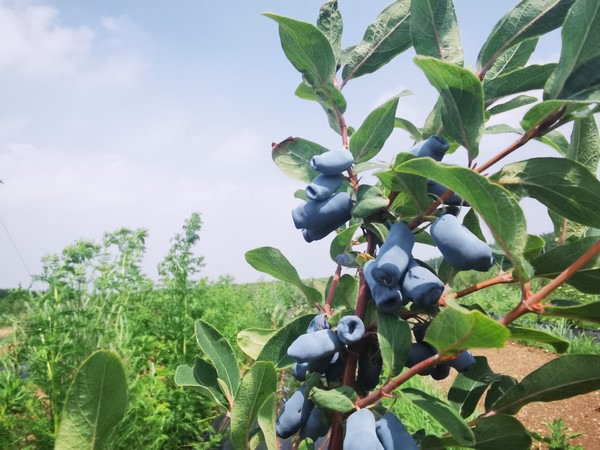
"Most of the Haskap berry bases are located in the northeast and northwest of China. This year, different bases have different yields. Some bases have reduced production due to the strong winds and drought in the local spring. However, there are also bases that have not been affected by the weather. Their dripping irrigation technology is used to solve the problem and has made the yield stable. Overall, the yield and quality of the fruit are stable.”
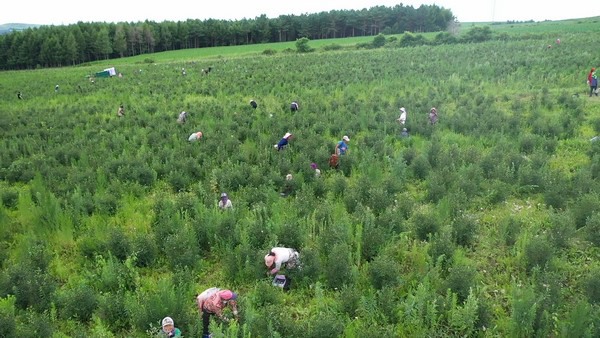
“Haskap berries are a berry variety with low yield and is rare. In recent years, its annual output is about 700-1000 tons, though it is increasing year by year. The shape is similar to blueberries. After testing, the content of anthocyanins the fruit is about 7-12 times higher than in average blueberries. However, Haskap berries are low-sugar fruits with only 9-10% sweetness, and the taste is not as sweet as blueberries,” Wang said.
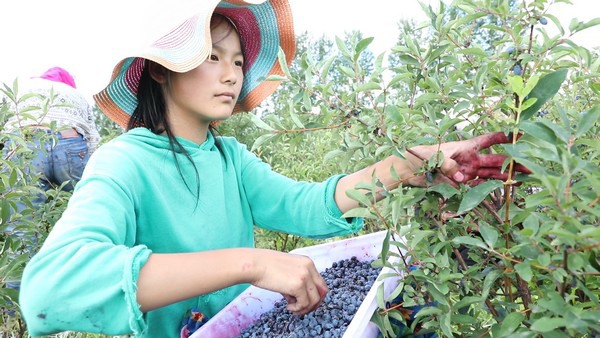
According to him, the fruit production season is from June 10th to July 15th. The ready-to-eat ones with higher sugar content are currently only sold in Heilongjiang Province due to their low output. Also, due to its high pulping rate and rich anthocyanins, this fruit is more used in processing, such as tea, dairy products, anthocyanin extraction and other large health industries. Due to the small output and the large demand, the price of blue honeyberries has been stable and rising.
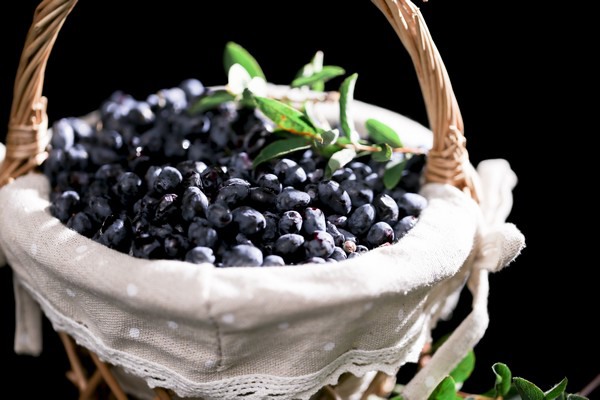
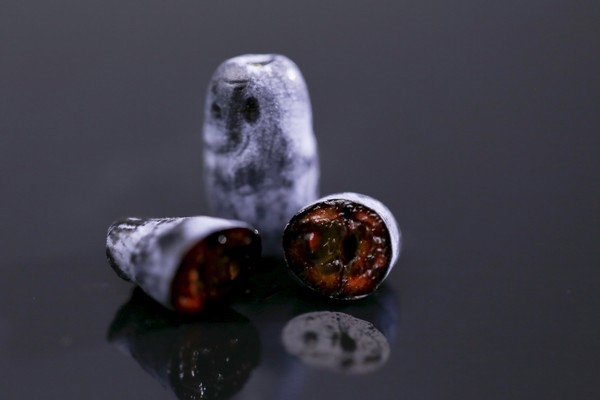
Regarding the market prospect of fresh Haskap berries, Wang said: "Based on the European market's recognition of this small berry type, we are seeking to export and expect to cooperate with more overseas customers. It is understood that among the European berry category, bilberries are very popular. Relatively speaking, the anthocyanin content of blue honeyberries is similar to that of the European bilberries, and it is more advantageous in terms of yield and price."
Heilongjiang Fengran Agricultural Group has been focusing on the cultivation of Haskap berries for 7 years, under the brand of "Fengran blue fruit". It has its own 2000-hectare production base, and a processing plant has been built and will be put into use next year. Sales channels include online e-commerce, offline supermarkets, and fruit and vegetable processing companies. With the increase in the production of blue honeyberries , the company plans to explore more fresh food markets in the south and develop a frozen fruit series.
More information
Zhang Jing
Fengran (Heilongjiang) Agricultural Group Co., Ltd.
Tel: +86 13045139977
Email: fengrannongye@163.com
http://fengrangroup.com
